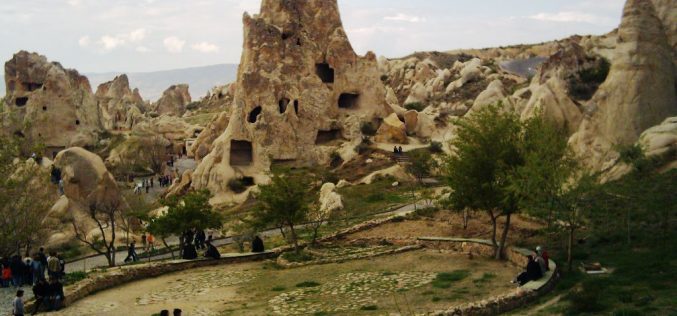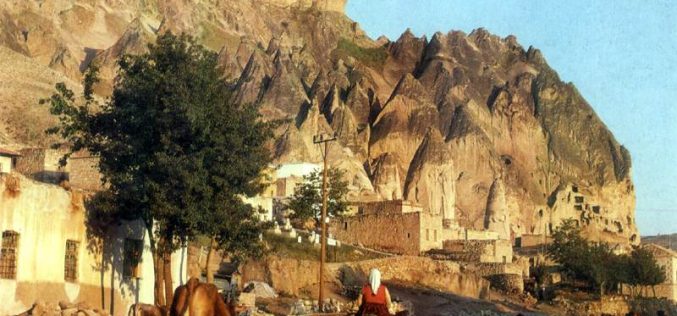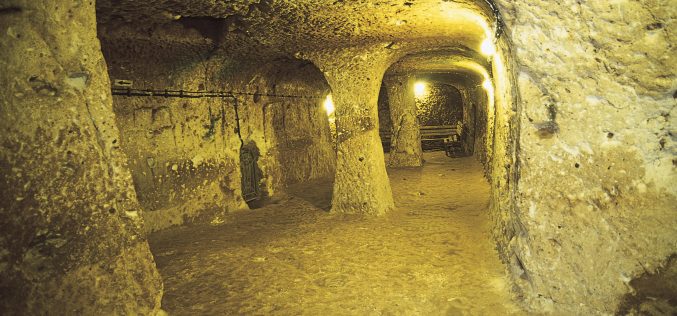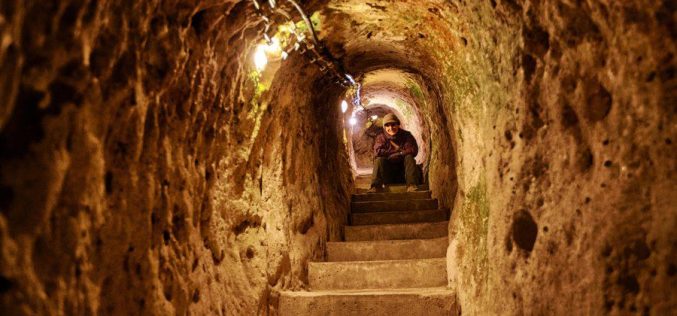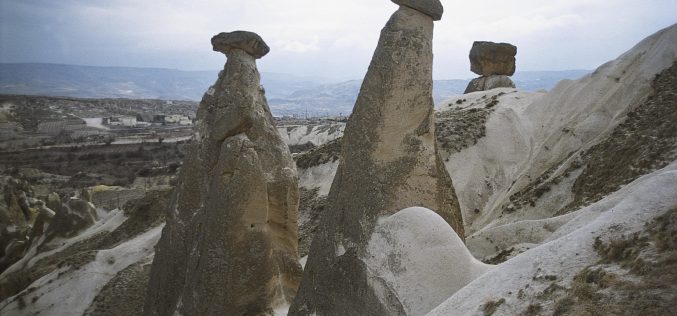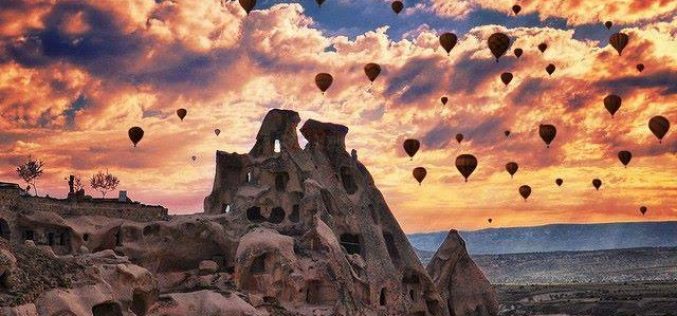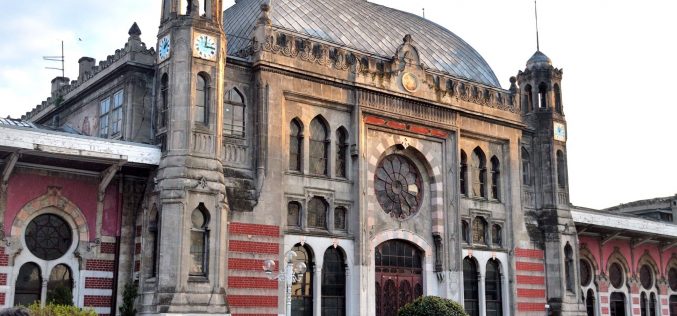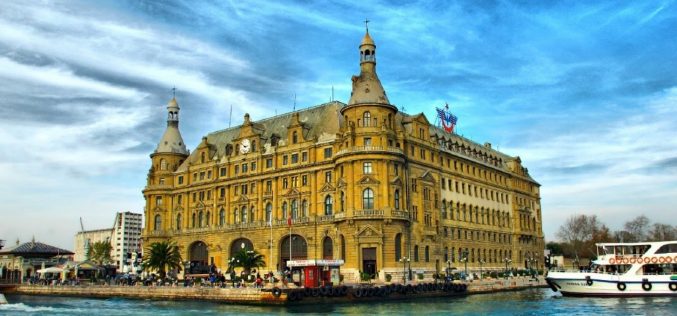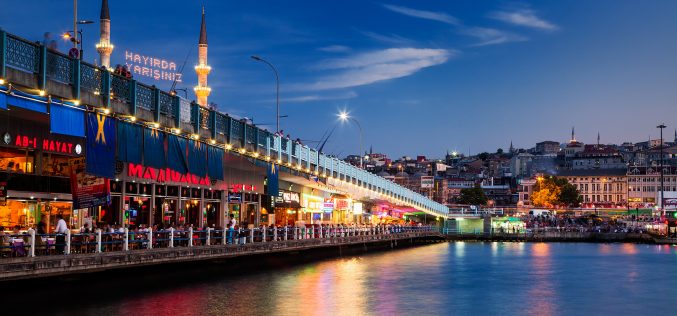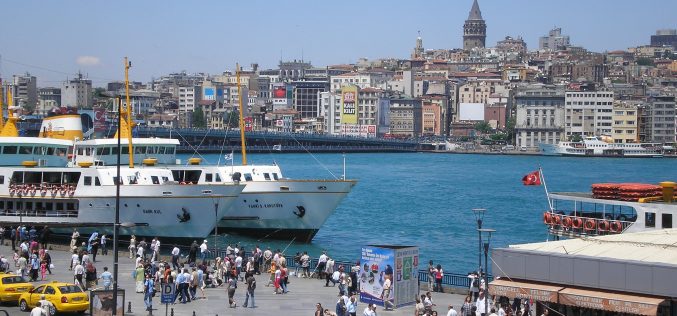Travel Advisor
Zelve Valley
Zelve Valley (Zelve Open Air Museum) The Zelve Valley, now known as the Zelve Open Air Museum, is among the earliest-settled and last-abandoned monastic valleys in Cappadocia. Its churches are
Soganlı Valley
Soganlı Valley Soganli Valley is a result of fractures and collapses during earthquakes. Soganli valley ,which is divided into two has been occupied since the Roman period. The rock cones
Kaymaklı Underground City
Kaymaklı Underground City Kaymakli Underground city is one of the most famous of the Cappadocia underground cities out of 34 of them. Built by early Christians to protect themselves from
Derinkuyu Underground City
Derinkuyu Underground City Possibly one of man’s greatest architectural achievements is Derinkuyu underground city in the Cappadocia region of Turkey. Conspiracy theorists say aliens built it. They didn’t but regardless,
Ürgüp
Ürgüp Ürgüp has traditionally been the tourism center of Central Anatolia’s Cappadocia region (map), though nowadays nearby Göreme Town has become an equally important touring base. It used to be
Cappadocia
Cappadocia which is unique in the world and is a miraculous nature wonder is the common name of the field covered by the provinces of Aksaray, Nevsehir, Nigde, Kayseri and Kirsehir in
Sirkeci Train Station
Sirkeci Train Station Sirkeci Train Station is in the old city of Istanbul, in walking distance to Sultanahmet Suquare, Hagia Sophia, Blue Mosque, Grand Bazaar and Spice Bazaar. There are
Haydarpasa Train Station
Haydarpasa Train Station Haydarpasa Train Station, Istanbul‘s Teutonic pseudo-castle railway station on the Asian shore of the Bosphorus was the terminus for suburban trains and trains to and from Anatolia
Galata Bridge
Galata Bridge Galata Bridge, the first recorded Galata bridge on the Golden Horn in Istanbul was built in the 6th century during the Great Justinian period, near the Theodosian Land
Eminönü Square
Eminönü Square Eminönü Square is the place between Galata Bridge and New Mosque (Yeni Camii). It is very crowded all day. It is a place where local and foreign tourists




